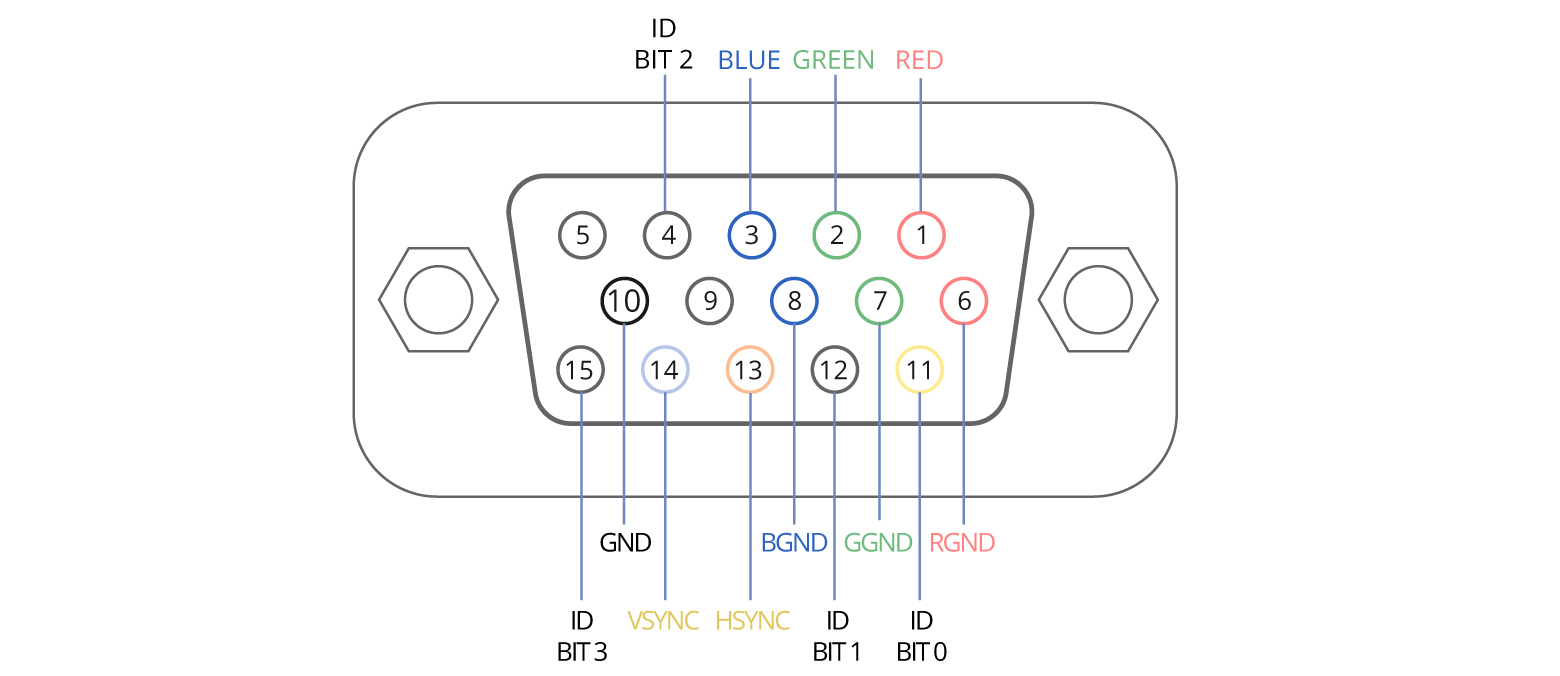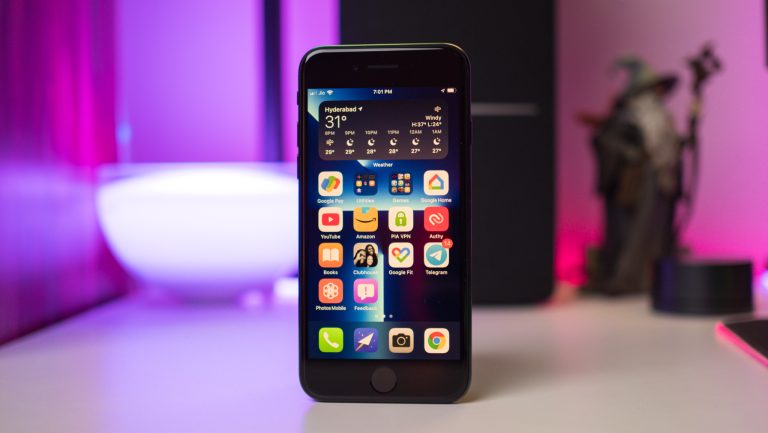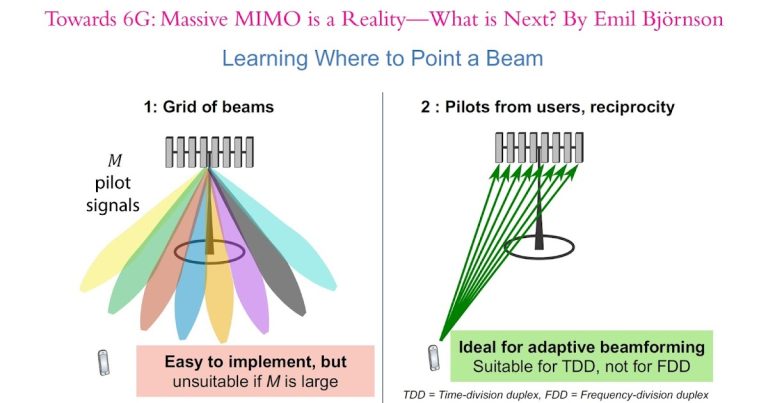Decoding WVGA: Everything About Wide Video Graphics Array
telcomatraining.com – In the ever-evolving world of digital displays and screen resolutions, understanding the various terms used to describe image quality is crucial. One such term is WVGA, or Wide Video Graphics Array. While it may sound technical, it refers to a specific screen resolution that has been widely adopted in a range of devices, from smartphones to digital cameras and televisions. In this article, we will delve deep into WVGA, its features, uses, and why it’s still relevant in the modern tech landscape.
What is WVGA?
WVGA stands for Wide Video Graphics Array, and it describes a display resolution of 800 x 480 pixels. This resolution is an enhancement over the traditional VGA (Video Graphics Array) resolution, which is typically 640 x 480 pixels. The “wide” in WVGA refers to the screen’s aspect ratio, which is 16:9, making it more suited for widescreen viewing compared to the 4:3 aspect ratio found in older VGA displays.
WVGA was introduced as a solution to improve visual experiences on portable devices such as smartphones, tablets, and even low-end televisions. It offers a wider viewing area, better image clarity, and a more cinematic feel when watching videos or playing games.
The Evolution of Display Resolutions
Before the introduction of WVGA, the standard for computer monitors and early television displays was VGA. As technology advanced, so did the need for better quality displays, leading to higher resolutions such as HD (1280 x 720) and Full HD (1920 x 1080). However, despite the rise of these higher resolutions, WVGA still holds its ground in many devices due to its balance between image quality and power efficiency.
Advantages of WVGA
- Lower Power Consumption: One of the key advantages of WVGA displays is that they consume less power compared to higher resolution screens. This makes WVGA a preferred choice for devices that prioritize battery life, such as smartphones and portable gaming consoles.
- Affordable Technology: WVGA displays are often more affordable to produce compared to higher-resolution screens. As a result, they are commonly found in budget-friendly devices, making them an excellent choice for entry-level smartphones, budget tablets, and low-cost TVs.
- Improved Image Quality for Smaller Screens: On smaller devices, the difference between WVGA and higher-resolution displays may not be as noticeable to the average user. The resolution is more than enough to provide a clear and sharp image on screens that are typically less than 6 inches in size.
- Wide Availability: Since WVGA is a popular resolution among budget devices, it is widely available across a range of products. Whether you’re looking for a budget phone, an affordable tablet, or a basic TV, you’re likely to encounter WVGA displays.
WVGA in Smartphones and Tablets
In the smartphone industry, WVGA was once a standard resolution, especially for lower-end models. Over time, however, manufacturers have moved towards higher resolutions like HD and Full HD, but WVGA is still commonly seen in budget smartphones due to its affordability and power efficiency.
Tablets, too, often feature WVGA displays, particularly in lower-cost options designed for casual browsing, reading, or media consumption. While higher-resolution displays are becoming more common in mid-range and premium tablets, WVGA continues to serve as a reliable option for those seeking an affordable device with decent performance.
WVGA in Televisions and Other Devices
In addition to smartphones and tablets, WVGA was also utilized in low-cost televisions, especially those intended for basic viewing needs. However, with the advent of HD and Full HD televisions, the use of WVGA in this category has declined significantly.
That said, WVGA still has its place in niche markets, such as digital signage, GPS devices, and certain cameras. In these applications, the resolution is often sufficient for displaying maps, basic media, or simple interface elements.
WVGA vs. Other Resolutions
While WVGA offers a solid display experience, it is outclassed by newer, higher-resolution displays in terms of image sharpness and detail. Here’s how WVGA compares to other common resolutions:
- VGA (640 x 480): Slightly lower resolution than WVGA, with a 4:3 aspect ratio, making it less suited for widescreen content.
- HD (1280 x 720): Offers more detail than WVGA, with sharper images and better video playback, making it ideal for watching HD content.
- Full HD (1920 x 1080): Provides even higher detail and is the standard for modern TVs, computer monitors, and premium smartphones.
The Future of WVGA
While WVGA is no longer the gold standard in terms of screen resolution, it is still relevant, especially in the budget segment. As screen technology continues to improve, we may see the resolution being phased out in favor of higher resolutions like HD and Full HD. However, for devices where power efficiency and affordability are paramount, WVGA will likely continue to hold its ground for the foreseeable future.
Conclusion
In summary, Wide Video Graphics Array (WVGA) may not be the most advanced resolution in the world of digital displays, but it offers a balance of quality, affordability, and power efficiency. Whether you’re using a budget smartphone, a basic tablet, or a low-cost television, WVGA remains a popular and practical choice. As display technology continues to evolve, it will be interesting to see how WVGA adapts to meet the demands of modern users.
By understanding WVGA and its role in the world of displays, consumers can make more informed decisions about the devices they purchase, ensuring they get the best value for their needs.







